
(BY JOE CHELLIAH)
It is not uncommon in Malaysia, especially among the non-Chinese, to think that all Chinese are rich and well off. A former prime minister, writing in his book, has even described them as “predatory”. It is racial stereotyping similar to the belief that all of us Indians “speak with forked tongues” (and talk/communicate more with our hands and head movements), are wife-beaters and alcoholics by nature. What about the Malays?? Of course we have it too – lazy, indolent, hedonistic especially in sexual matters, “relaks brudder” attitude and sometimes even treacherous and run amok.
For the major part of the last 50 years, education in Malaysia has morphed into one that is almost void of the humanities. Geography and History and other social studies have been downgraded to a “foster child” status while the sciences have been glorified and deified to unbelievable levels. The Social Sciences have thus been almost totally ignored. I am yet to hear of a Department of Philosophy, for example. Such an educational imbalance void of the Humanities and Social Sciences has, in no small way, helped create a glaring educational imbalance. At this juncture, I am going to stick to how the majority of Malaysians have turned out to be what they are today.
Malaysian Chinese survive and have survived in a relatively harsh physical and/or a social environment for donkey years. They experienced hell under the Japanese rule. I shall not speak off the earliest Chinese contacts with this part of the world especially during the Ming dynasty which incidentally, is being disputed. I shall limit the discussion to more recent immigrations to Malaysia from which the bulk of the modern day Malaysians are descended from.
Between the 18th and 19th centuries came this second wave of Chinese immigration, mainly from Fujian and Guangdong provinces. Emigration records of the Chinese to Malaya do reveal a populace from every group in China. Besides the Hokkien and Cantonese we find Hakka, Teochews, Hainanese, Macauans and so on. It was encouraged by the British and allowed by the Malay rulers of the time. Their business sense of grabbing economic opportunities was also encouraged by the British colonial government and the Malay sultans themselves. With an instinct for trade and industry, the Chinese also saw economic oppurtunites deliberately missed by the British and unintended by the Malays themselves at the time. Alongside agriculture and mining, merchandising and other business opportunity in towns and small villages they founded services, banks, set up small, medium and large businesses to meet local needs. They even engaged and expanded to foreign trade and commerce eventually. I must repeat that these entrepreneurial ventures were left unchecked by the British as well as the Malays rulers of the time simply because such ventures served a pressing need for all communities domiciled in Malaya at the time. The British had the lion’s share of course.
Now, this is historical reality goes back to hundreds of years ago when Malays were then living their lives happily in the kampongs or riverine villages as padi planters or fishermen in the Malay diaspora of peninsular Malaya having themselves also mostly settled here from the Indonesian islands. The Chinese, till today, do reside in the smaller towns in the hinterland and are to be found in every province of West and even East Malaysia engaged in an assortment of mainly economic activities.
The field of education is highly respected by the Chinese. The first Chinese school began in Malacca in 1815 even before the English medium Penang Free School kater in 1816. The Chinese built their schools and temples legally on land which they owned through their community associations or on land donated by their richer kinsmen. That is why we do not hear about the demolishment of Chinese schools or temples as often as the Tamil schools and Hindu temples that were originally built on rubber estates with British permission and often in rubber plantation clearings or even in between the rubber trees as it did not affect the rubber production per se.
Malaysian Chinese remain faithful to dialects, the predominant ones being Hokkien and Cantonese. Thus in business, they are more skilful linguistically, and hence do well in trade and industry and even established import export foreign businesses in Malaya. The Malaysian Chinese have energetically defended their identity as Malaysians of Chinese ancestry in more recent times. Clansmen are supported by their varied associations based on Chinese clans too. Under British colonial rule the Chinese in the Malay States were treated as sojourners broadly speaking without place and rights of citizenship which was officially granted to them only in 1957 by the Malay sultans, as well as the British. All this suited a purpose which encouraged economic development and pride of place, without disturbing the traditional way of Malay life in the kampongs and of course British interests as well. In spite of unfair treatment towards the Chinese in the Malay States' the primary loyalty of the Chinese (like their Indian counterparts) slowly started to lie here but not without a fond and nostalgic sense for the homeland of their forefathers. As such, the Chinese community with all its different dialects, prospered and grew naturally and earned an honored place in the racial mosaic that is present day Malaysia.
Now coming to the Indians, ample empirical evidence exists to show that they were here even before the Chinese. There is evidence of the existence of Indianized kingdoms such as Gangga Negara, Old Kedah, Srivijaya since approximately 1700 years ago. Early contact between the kingdoms of Tamilakkam and the Malay peninsula had been very close during the regimes of the Pallava dynasty (from the 4th to the 9th century CE) and Chola dynasty (from the 9th to the 13th century CE). The trade relations the Tamil merchants had with the ports of Malaya led to the emergence of Indianized kingdoms like Kadaram (Old Kedah) and Langkasugam. Furthermore, Chola king Rajendra Chola I sent an expedition to Kadaram (Srivijaya) during the 11th century conquering that country on behalf of one of its rulers who sought his protection and to have established him on the throne. The Cholas had a powerful merchant and naval fleet in the Indian Ocean and the Bay of Bengal. These early Indians did not marry locals and settle down in this region as much as they spread their religion, language and general culture which were readily adopted by the Malays and, till today, remain firmly entrenched in the Malay culture, whether admitted or not.
However, I wish to discuss more towards the present day Indian communities in Malaysia who are essentially descended from Indian emigrants under British rule in Malaya. The British acquisition of Penang, Melaka, and Singapore between 1786 and 1824 started a steady inflow of Indian labour. This consisted mainly of traders, policemen, plantation labourers/coolies and colonial soldiers called sepoys at the time. Apart from this there was also a substantial migration of Indians to work in the British colonial government services as clerks and teachers due to their general good command of the English language which is seen even today. The Indian population in pre-independence Malaya and Singapore was predominantly adult males who were single with families back in India and Sri Lanka. Hence the population fluctuated frequently with the immigration and exodus of people.
As early as 1901 the Indian population in the Straits Settlements and the Federated Malay States was approximately 120,000. By 1931 there were 640,000 Indians in Malaya and Singapore and interestingly, they even outnumbered the native Malays in the state of Selangor that year. At the time of Independence in 1957 it stood at over 820,000. Today, Malaysian Indians account only for approximately 10 per cent of the total population of Malaysia. There has also been a significant influx of Indian nationals into Malaysia in recent years to work in construction, engineering, restaurants, IT and finance with many taking up permanent residence here.
So there it is….our historical past. In Malaysia today we have the rich and poor from all races. If there are more rich businessmen among the Chinese it’s because of this historical background. If Indians make good lawyers, unionists, teachers and salesmen, it’s because of this historical past. And if Malays do not seem to be able to catch up easily with their Chinese or Indian counterparts in certain areas, it’s because of our historical past but the strong point of Malays has always been their political dominance all these years and even when Malaya was under British rule. As such, the non-Malays will never be able to catch up with Malay politics. With that said, I rest my case.



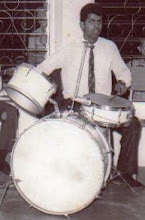




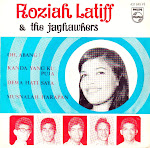








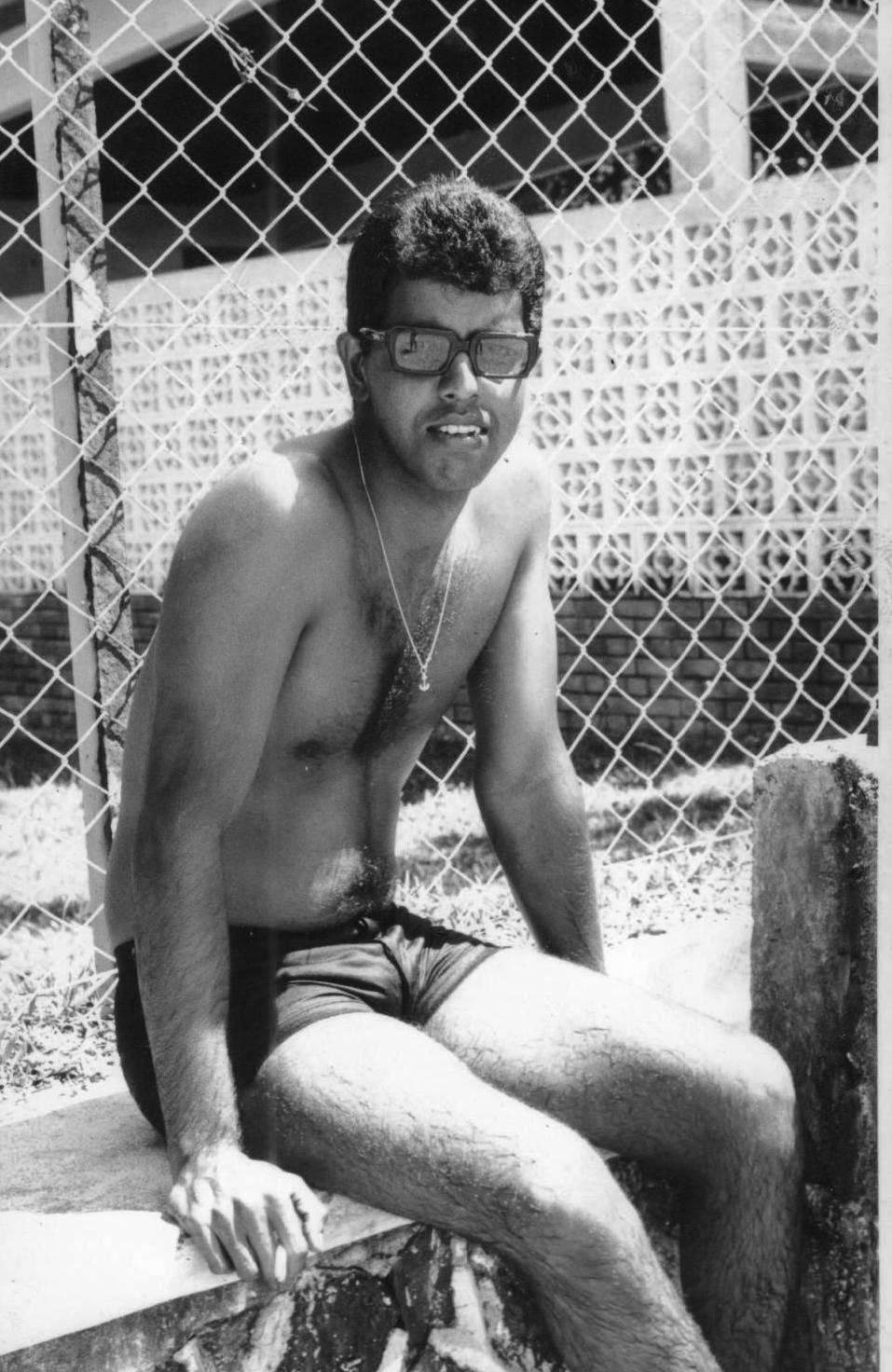
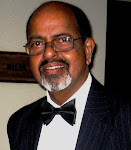



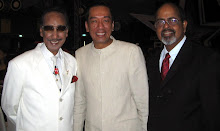

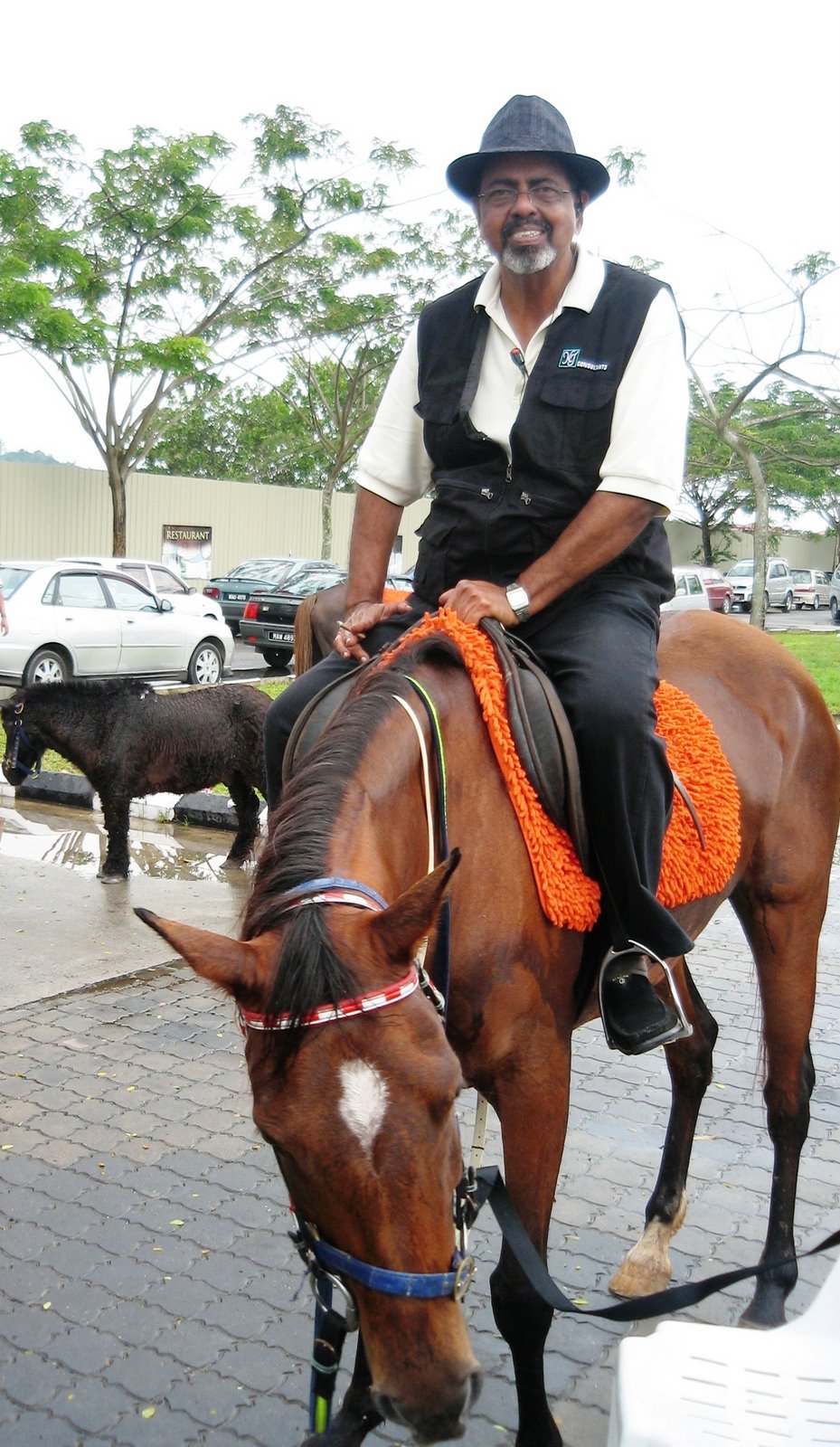







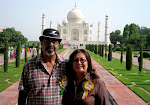





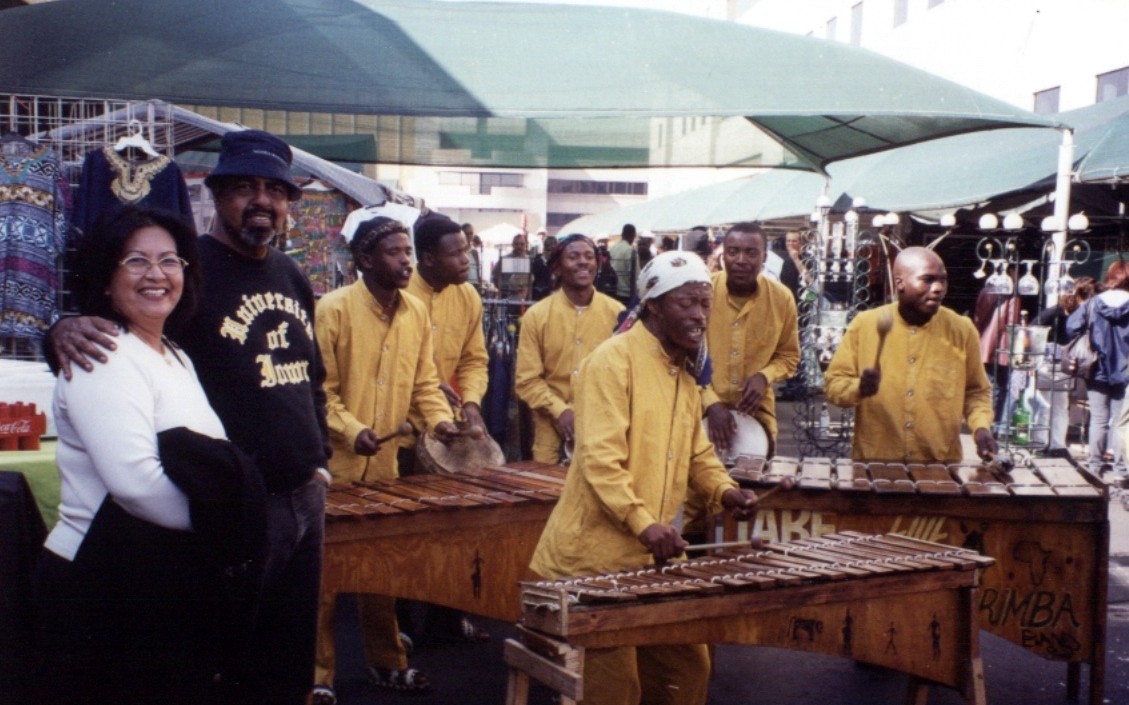

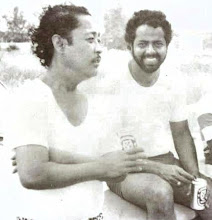
No comments:
Post a Comment